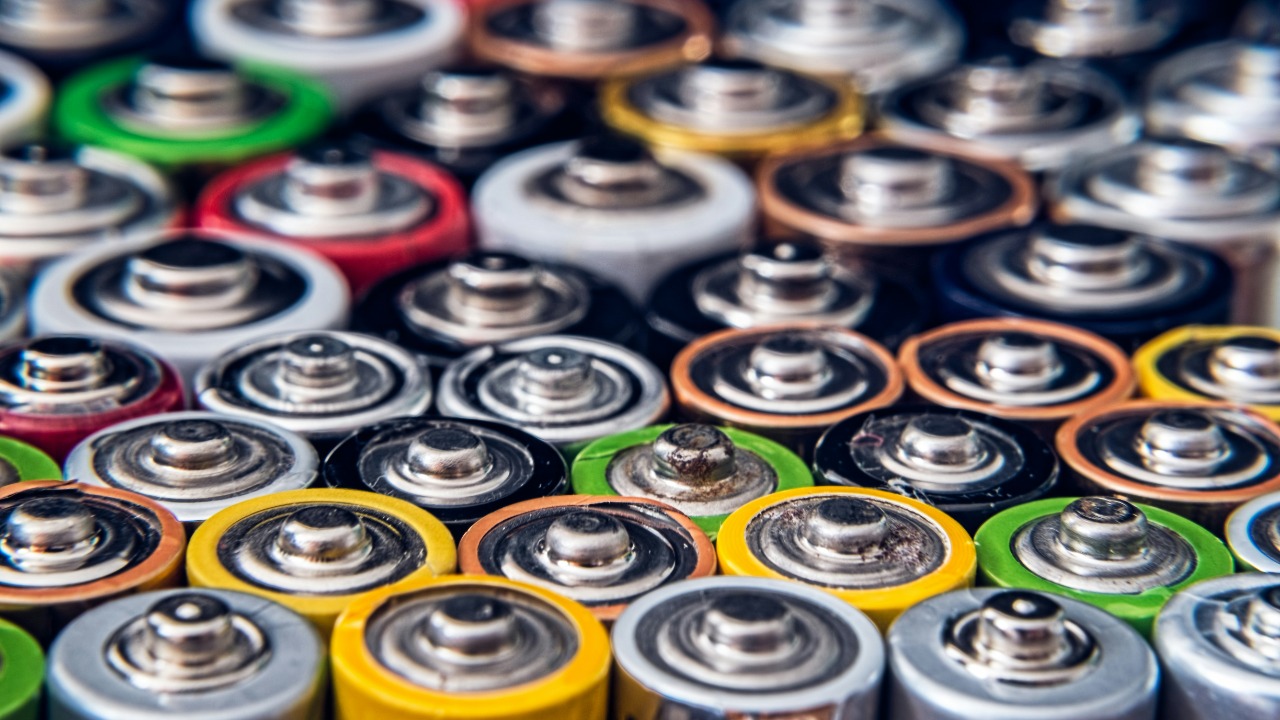
Scientists have made a groundbreaking discovery in the field of waste management with the identification of a new type of bacteria capable of consuming battery waste. This innovation promises to revolutionize recycling processes by enabling self-sufficient systems that address the pressing issue of toxic battery disposal. This breakthrough is part of a broader trend of microbial innovations, which includes the use of E. coli bacteria to transform plastic waste into paracetamol and the development of plastic-eating bacteria that facilitate waste self-destruction. Together, these advancements highlight the potential of bacteria as a sustainable solution for waste management challenges.
The Breakthrough in Battery Recycling
The discovery of the battery waste-eating bacteria marks a significant advancement in recycling technology. This bacteria offers a self-sufficient recycling process, as reported by Interesting Engineering. The bacteria’s ability to consume battery waste components without the need for additional chemical interventions is a game-changer. It neutralizes toxic elements, making disposal safer and more environmentally friendly. Initial lab tests have shown promising results, indicating that this approach could be both efficient and scalable, paving the way for widespread adoption in the recycling industry.
The mechanism by which this bacteria operates is particularly noteworthy. It breaks down the harmful components of batteries, such as heavy metals and toxic chemicals, into less harmful substances. This process not only mitigates the environmental impact of battery disposal but also reduces the need for traditional, often hazardous, recycling methods. The potential for scalability is significant, as the bacteria can be cultivated and deployed in various settings, making it a versatile tool in the fight against battery waste.
Mechanisms of Bacterial Waste Consumption
The biological process employed by this new bacteria involves breaking down complex battery materials into simpler, non-toxic compounds. This innovation is a leap forward in self-sufficient recycling, as it eliminates the need for external chemical agents. The bacteria’s enzymatic action is reminiscent of the E. coli bacteria engineered to convert plastic waste into paracetamol, showcasing the versatility of microbial solutions in waste management.
Comparatively, the plastic-eating bacteria discovered earlier have demonstrated the ability to accelerate the degradation of plastic waste, effectively enabling it to self-destruct. This process, reported by BBC News, highlights the potential for bacteria to address various types of waste through similar enzymatic pathways. The new battery-eating bacteria share this capability, offering a promising avenue for reducing the environmental footprint of battery disposal.
Implications for Environmental Safety
The introduction of battery waste-eating bacteria has significant implications for environmental safety. By reducing the risks associated with toxic leachates in landfills, this innovation directly contributes to safer disposal methods. The self-sufficient recycling model not only minimizes the release of harmful substances into the environment but also sets a new standard for sustainable waste management practices.
Furthermore, the potential reduction in environmental contamination from battery production waste is substantial. By adopting this bacteria-based recycling approach, industries can significantly lower their ecological impact, aligning with global efforts to mitigate pollution. The parallels with plastic-eating bacteria developments underscore the broader potential for microbial solutions to address various forms of pollution, including the persistent issue of microplastics.
Related Microbial Innovations in Waste Management
The engineering of E. coli bacteria to process plastic waste into paracetamol represents a significant milestone in microbial waste management. This innovation not only provides a novel method for recycling plastic but also demonstrates the potential for bacteria to produce valuable compounds from waste materials.
Similarly, the application of plastic-eating bacteria has shown promise in enabling waste to self-destruct, reducing its accumulation in ecosystems. These bacteria offer a complementary approach to the new battery variant, with potential synergies in genetic or enzymatic traits that could be harnessed for cross-waste applications. Together, these microbial innovations represent a transformative shift towards more sustainable and efficient waste management solutions.
More from MorningOverview